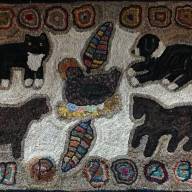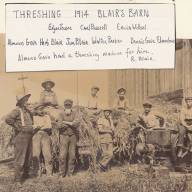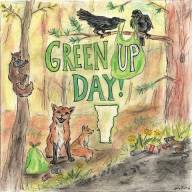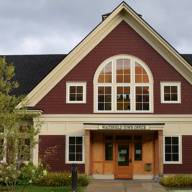Last week the Fayston Select Board got an update from the town’s Boyce Hill Town Forest steering committee as well as a site visit to the 91-acre historic hill farm that was gifted to the town in 2019.
That update, as well as select board responses to it reveal some tension over how the property is managed in terms of whether it should be maintained as it was when the town accepted the donation or whether it should be allowed to return to a forest and how best to protect its wild features but also its scenic features.
Check out the November 9 select board meeting on MRVTV and read the minutes of the meeting. That tension is apparent. But it’s not a bad thing. In fact, it’s a good thing because it demonstrates that the makeup of the steering committee is balanced and that the town’s ultimate approach to managing this amazing piece of land will likely reflect that balance.
Simplistically, the issue is whether the former fields are kept open and the viewsheds preserved. Beyond that, there are historical features of the property including an 1800s cellar hole and stone walls that many feel need to be preserved. There are streams and seeps that feed the pond that need to be protected. There’s a question about whether the buffer that protects the pond should be 50 or 100 feet.
Some folks feels the property should be allowed to return to a vegetated forest to foster diversity, slow the spread of stormwater and encourage biodiversity. The former farm is a well-used recreation site and some who recreate there advocate for keeping all fields open.
Surveys conducted by the steering committee reflect all of those concerns and aspirations but lean towards cherishing the open fields and views and maintaining the recreational opportunities.
That’s why it’s a good thing that the members of the steering committee are not thinking in lockstep. The process of creating the management plan is ongoing and that plan will be a living document.
Differing viewpoints will ensure that environmental stewardship is balanced with views and that recreation is balanced with historical preservation and education.












